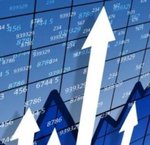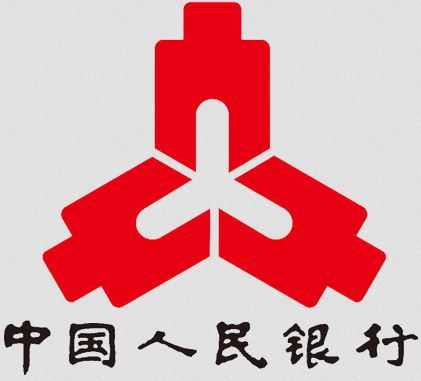The European Central Bank’s (ECB’s) and the People’s Bank of China’s moves to boost economic growth on Friday pushed up stocks across the globe, sparking questions about how far the seven-year strategy to use monetary policy to deal with economic problems will go.
China’s central bank surprised the world when it announced that it was reducing its benchmark lending and deposit rates, after other measures it had taken so far failed to boost an economy that is losing steam. It was the first reduction since 2012.
On the same day, Mario Draghi, President of the ECB, sent a strong signal that he and his team are ready to expand the central bank’s asset-purchase programs if inflation carries on at a near-zero rate.
In a banking conference in Frankfurt, Mr. Draghi said the ECB will do whatever is necessary to lift inflation expectations as fast as possible “as our price stability mandate requires us to.”
Mr. Draghi said:
“If on its current trajectory our policy is not effective enough to achieve this, or further risks to the inflation outlook materialize, we would step up the pressure and broaden even more the channels through which we intervene, by altering accordingly the size, pace and composition of our purchases.”
The People’s Bank of China’s move to reduce interest rates surprised economists across the world.
Two weeks ago, the Bank of Japan announced it would significantly increase its own securities-purchase program (quantitative easing or QE), as its economy slid into recession.
These central bank moves on Friday not only pushed up stock prices globally, but also helped raise the dollar, commodity and oil prices.
The Nikkei was 0.3% up, the Shanghai Composite Index posted a 1.4% rise, Germany’s DA index climbed 2.6%, The Dow Jones Industrial Average was 0.51% higher, the S&P 500 index climbed 13.23 points to 2,065.98, Nasdaq advanced 20.99 points to 4,722.86, the TSX rose by 50.14 points, and London’s FTSE 100 Index, closed 71.9 points higher at 6750.8.
The dollar rose by 0.27% against a broad index of currencies, placing it 9% higher than at the beginning of the year.
While injecting money into the financial system in Asia and Europe may please investors, it does not come without risks. It raises the risk of triggering asset bubbles and stoking too much inflation. It could also mask fundamental structural problems.
There was a stronger sense of urgency in Mr. Draghi’s speech on Friday.
The American Federal Reserve (Fed) now has a dilemma. If it shifts from easy money to a tighter policy while central banks in other major economies ramp up their money-pumping policies, the US dollar could go through the roof, which would harm US exports.
A rising dollar could also dampen US inflation and dollar-denominated commodity prices.
This is Money quoted Eswar Prasad, a Cornell University professor and former IMF economist, who said those developments could undermine the Fed’s ability to move ahead with interest rate increases.



